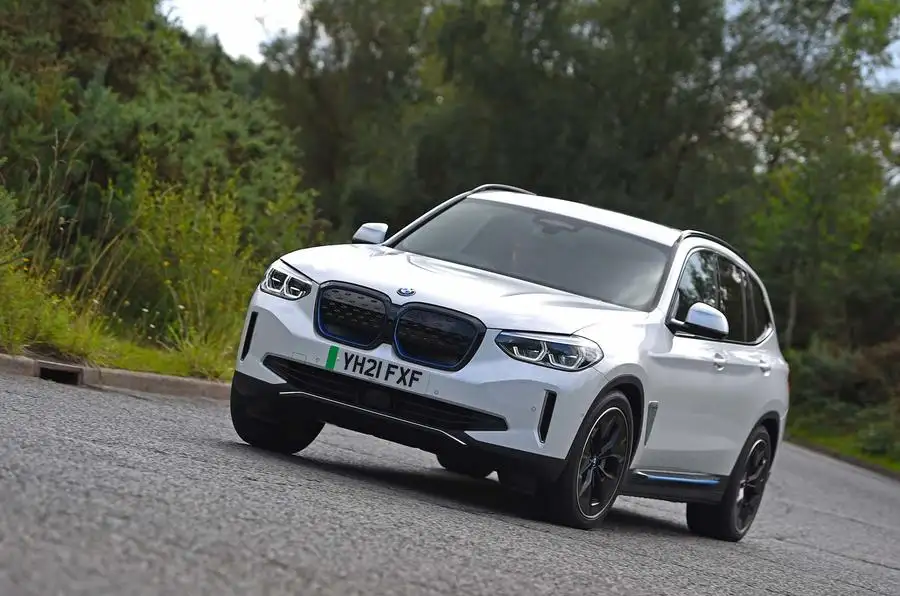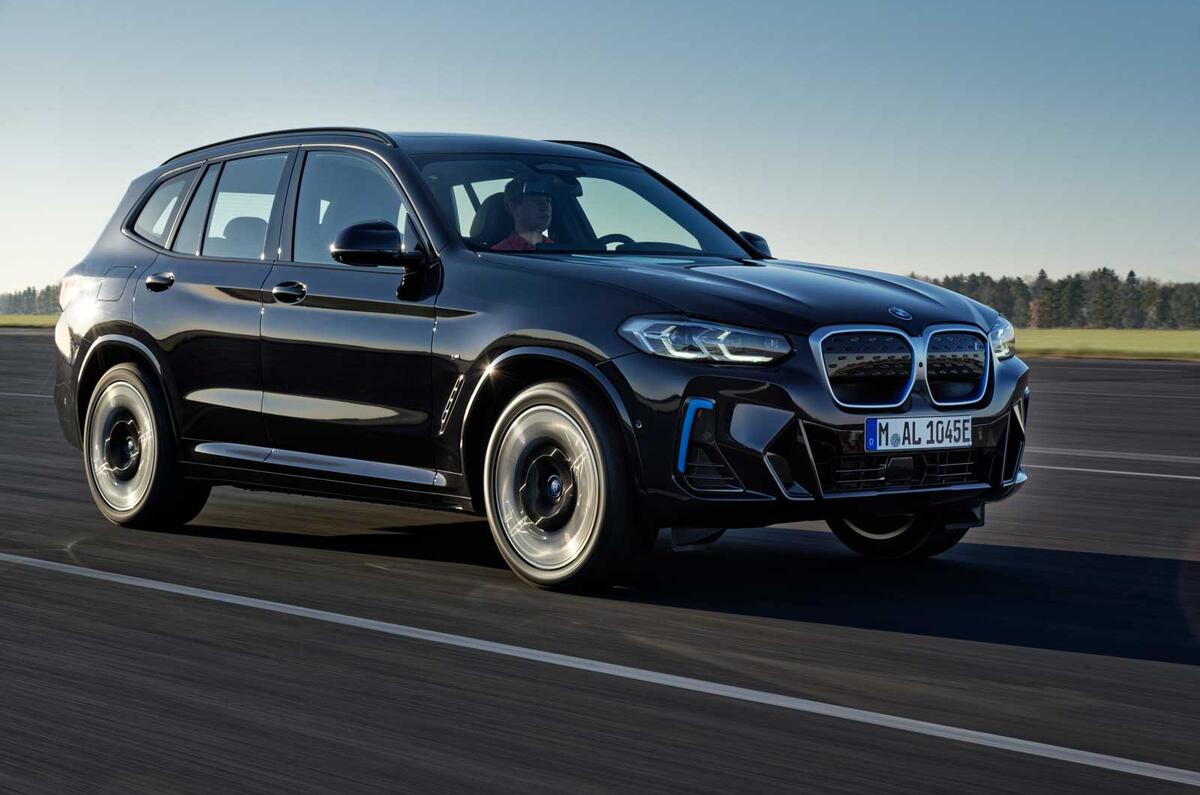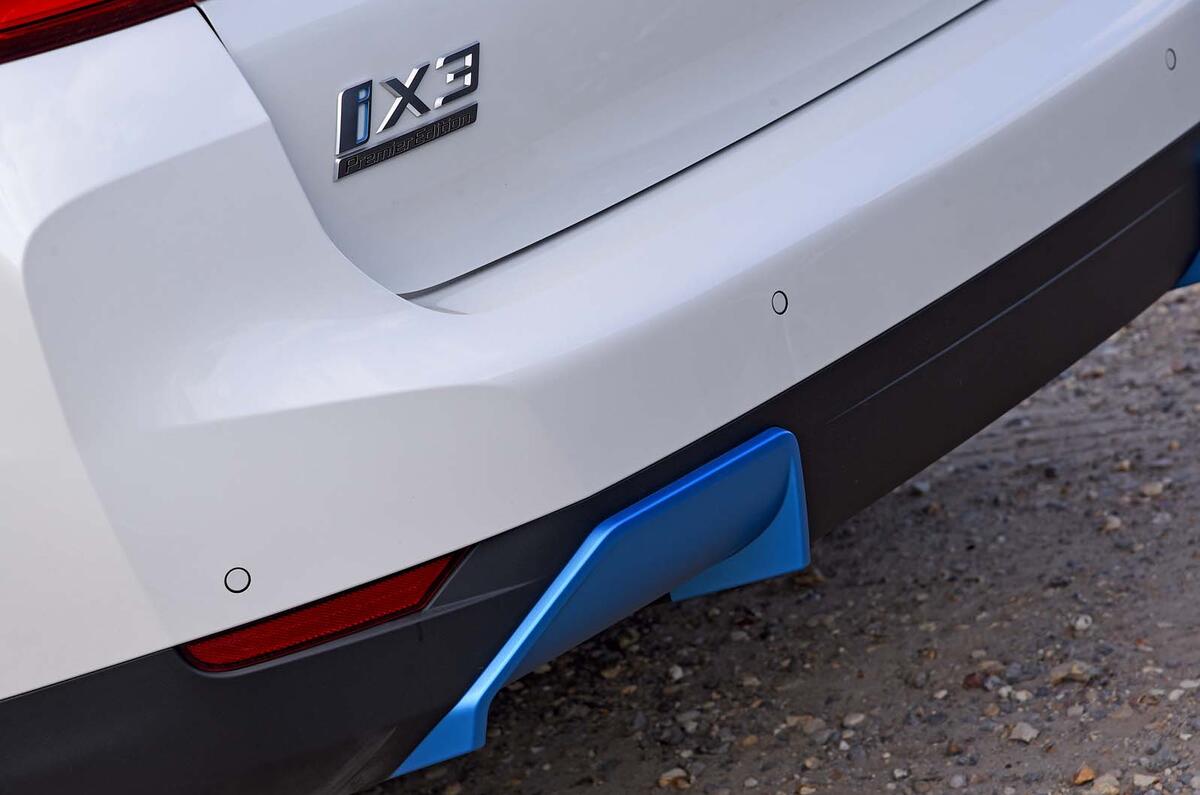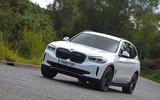Don’t be fooled by the name: the BMW iX3 has little more in common with the BMW i3 than its maker and two-thirds of its model name.
Whereas the latter was ahead of its time when it was launched in 2013, courtesy of its carbonfibre construction and futuristic design, the iX3 seems like a bit of a lazy effort.
In the face of the flood of new dedicated EVs coming from the Volkswagen Group, Tesla, the Hyundai Group and others, the iX3 is little more than a regular BMW X3, shorn of its front driveshafts and with a battery pack in the floor.
In fairness, there is more to it than that. The CLAR platform that underpins all of BMW's mainstream rear-wheel-drive models was conceived to take the whole gamut of powertrain options. But it’s hard not to be a little disappointed, especially when you lift the bonnet of the iX3 and discover that under the big plastic cover is just a void that could have made some very useful extra storage yet was left unused.
Get beyond the initial disappointment, though, and the iX3 has some impressive statistics. Its battery has a healthy 74kWh of usable capacity out of 80kWh in total. The resulting WLTP range of 286 miles matches or beats that of the Jaguar I-Pace, Audi E-tron 50 and Mercedes-Benz EQS 400.
Also standard is 150kW rapid-charging capability, so a 10-80% top-up takes as little as 32 minutes. And after all, if you’re going to convert a petrol car, an X3 isn’t a bad start.










































